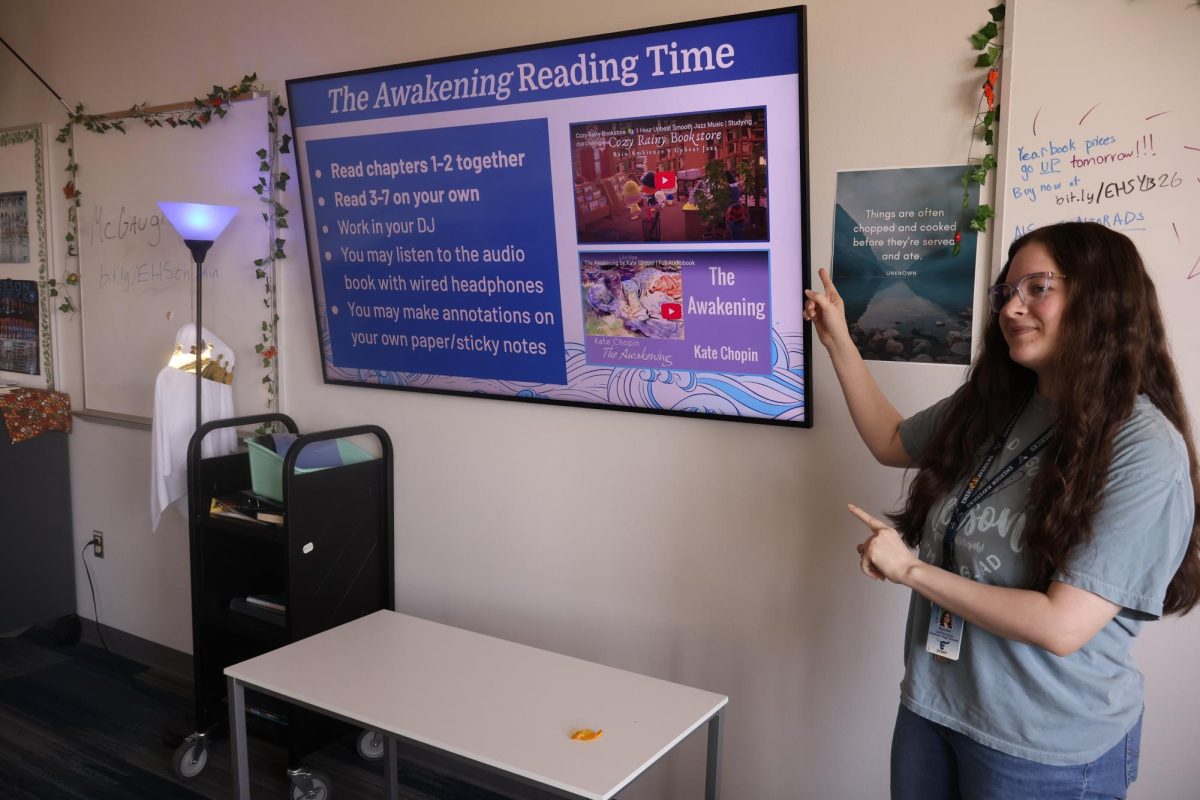For many in the Indian community, October is not just the start of fall, but the start of Garba season. While the rest of the world embraces cozy sweaters and pumpkin spice lattes, the Indian community is gearing up for a vibrant celebration that brings a splash of color to the gray days of autumn.
Garba is a traditional Indian dance that is performed during the Navaratri festival, which lasts for nine days and honors the Hindu goddess Durga. This dance is often performed in large groups and paired with lively music where participants move energetically in a circular pattern while striking a pair of dandiya sticks together. The striking of sticks ensures rhythm is maintained during the dance and culturally represents the triumph of good over evil.
Besides it being a religious holiday, Garba is loved by many for different reasons.
“I find Garba engaging because of its unison. Everyone’s dancing to the same song doing the same steps and it brings me a sense of community,” senior Varun Sunkaraneni said.
Garba’s community and festive atmosphere provide a time for people to connect, strengthening bonds and fostering a sense of belonging. Junior Nikhila Manikandan takes a different perspective.
“My favorite part about Garba is probably hanging out with my friends and wearing traditional clothing which I don’t get to often,” Manikandan said.
Traditional Indian clothing is a key aspect of Garba, but that doesn’t mean it’s closed off from members unfamiliar with Indian traditions and events. Junior Keyang Sun talks about his unique perspective.
“Garba for me was a unique and extremely fun experience even though I’m unfamiliar with the culture,” Sun said. “I still knew some songs and my friends all taught me the dances making it an enjoyable learning process.”
Overall, Garba signifies a time of festivity and community where people of all cultures enjoy Indian culture and lively dances.









